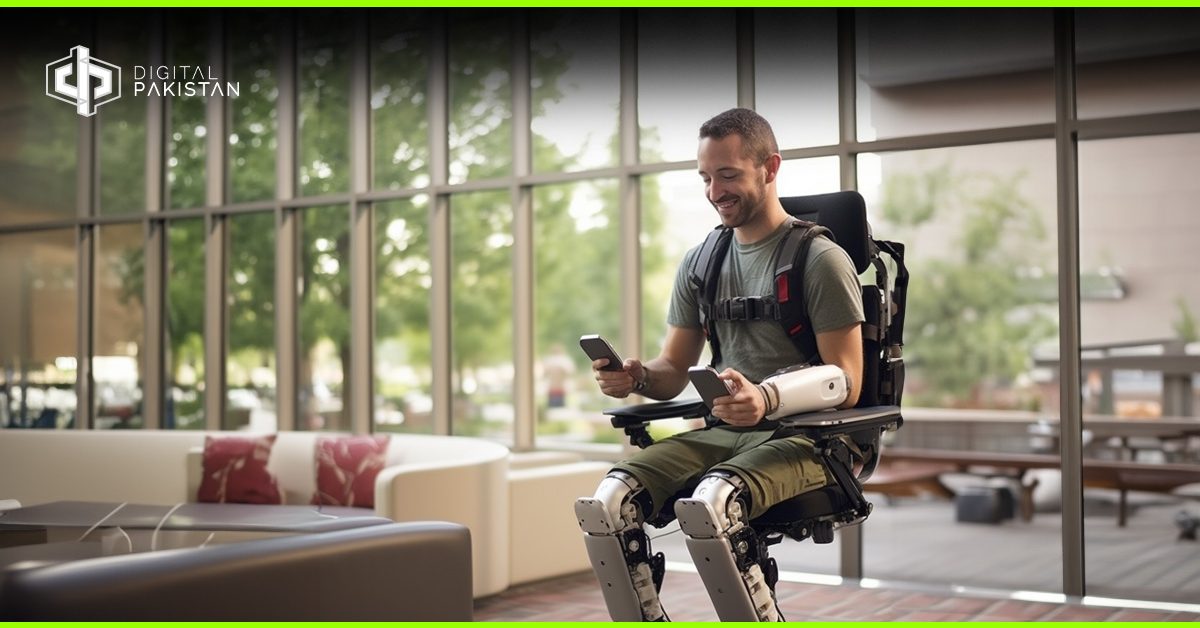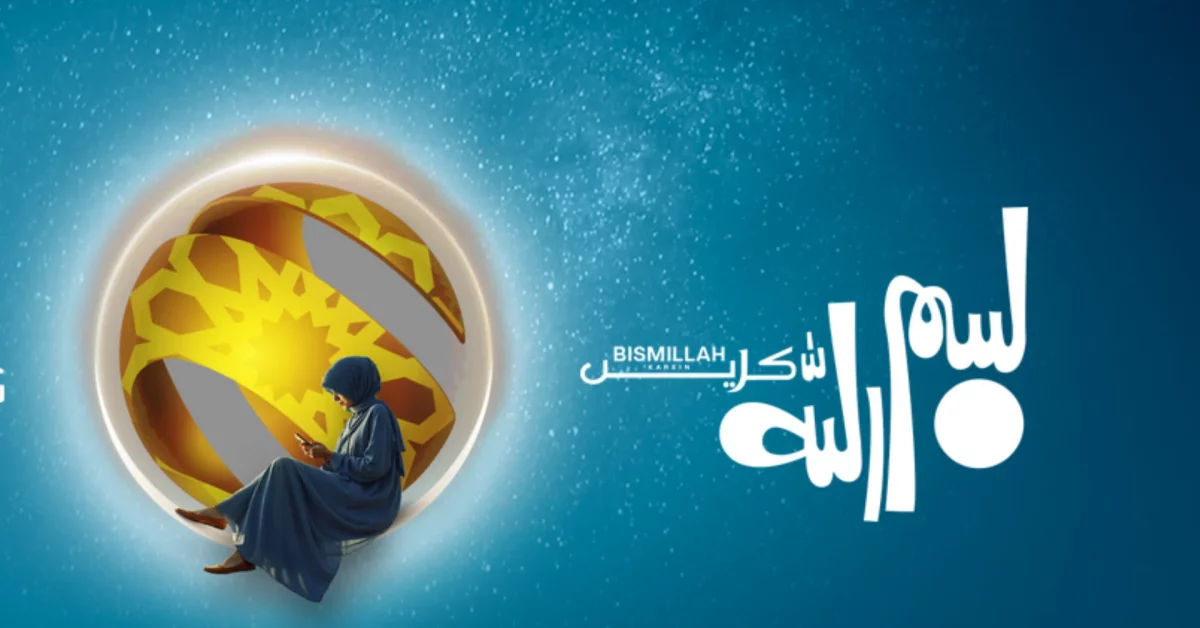
Virtual Communities and The Web of Connections
November 28, 2023
ZAPTA Technologies: A Retrospective of 3 Years of Innovation and Impact
December 4, 2023Empowering Abilities: A Tech-Driven Journey to Inclusivity
Have you ever thought about how technology has transformed the world around us? With each passing day, technology continues to advance, making it easier for us to navigate the world. But have you ever thought about how technology has revolutionized the lives of people with disabilities? Technology has become a game-changer for empowering people with disabilities, bridging gaps, and unlocking new possibilities. This International Day of Persons with Disabilities, let’s explore how technology has become a force of positive change and the role that it plays in creating a more inclusive world.
The journey towards inclusivity begins with recognizing that diversity is not a hindrance but a source of potential waiting to be unleashed. In this visionary landscape, technology is paving the way.
Speech-to-text and text-to-speech innovations have become universal translators, breaking down communication barriers and enabling seamless conversations. Wearable technology such as smart canes with sensors, haptic feedback devices, and wearable navigation aids have transformed the physical world into a more navigable and accessible space for those with mobility challenges.
Inclusive game design has become a quest for creating virtual worlds where everyone can participate. Customizable controls, audio cues, and subtitles have transformed gaming into an inclusive adventure, proving that the joy of play knows no bounds.
Education has also become more accessible to all as technology unlocks learning opportunities for everyone. E-books with customizable fonts and colours, interactive learning platforms, and augmented reality tools have redefined education, ensuring that knowledge is accessible to every eager mind, regardless of physical or cognitive differences.
Some may argue that relying too heavily on technology for accessibility may lead to a lack of investment in physical accessibility measures or that some people with disabilities may not have access to the latest technology due to economic barriers.
It is important to recognize that technology and physical accessibility measures are not necessarily mutually exclusive. They can complement each other to improve accessibility for people with disabilities. For example, a person with a mobility impairment may require physical accessibility measures like ramps and handrails, but they may also benefit from technologies like voice-activated home assistants or wheelchair-friendly transportation apps. Moreover, there are many situations where technology can provide accessibility where physical accommodations are not feasible or cost-prohibitive.
Regarding the second point, it is true that economic barriers can prevent some people with disabilities from accessing the latest technologies. However, it is also important to recognize that technology can often provide more affordable and flexible accessibility solutions than physical accommodations. For example, a smartphone with accessibility features can provide text-to-speech and magnification capabilities that might otherwise require expensive specialized equipment. Additionally, there are many initiatives and programs aimed at improving access to technology for people with disabilities, including government grants, non-profit organizations, and private-sector partnerships.
Through technology, people with disabilities can reclaim agency over their lives. From smart home systems that respond to voice commands to mobility devices with GPS navigation, technology becomes the guardian angel that empowers independence and autonomy. We need to continue to champion the cause of inclusivity, ensuring that our technological advancements leave no one behind. Let us embrace diversity as our strength, and let technology be the bridge that spans the gaps for the differently-abled. With technology at our side, the possibilities are endless.
About the Author: With chai and Google Docs as trusted companions, Abrish Nayyar has honed the art of weaving stories, fueled by late-night inspiration and the mundane world. Aspiring to one day be a published author, to her, every article is an inch closer to that goal.






